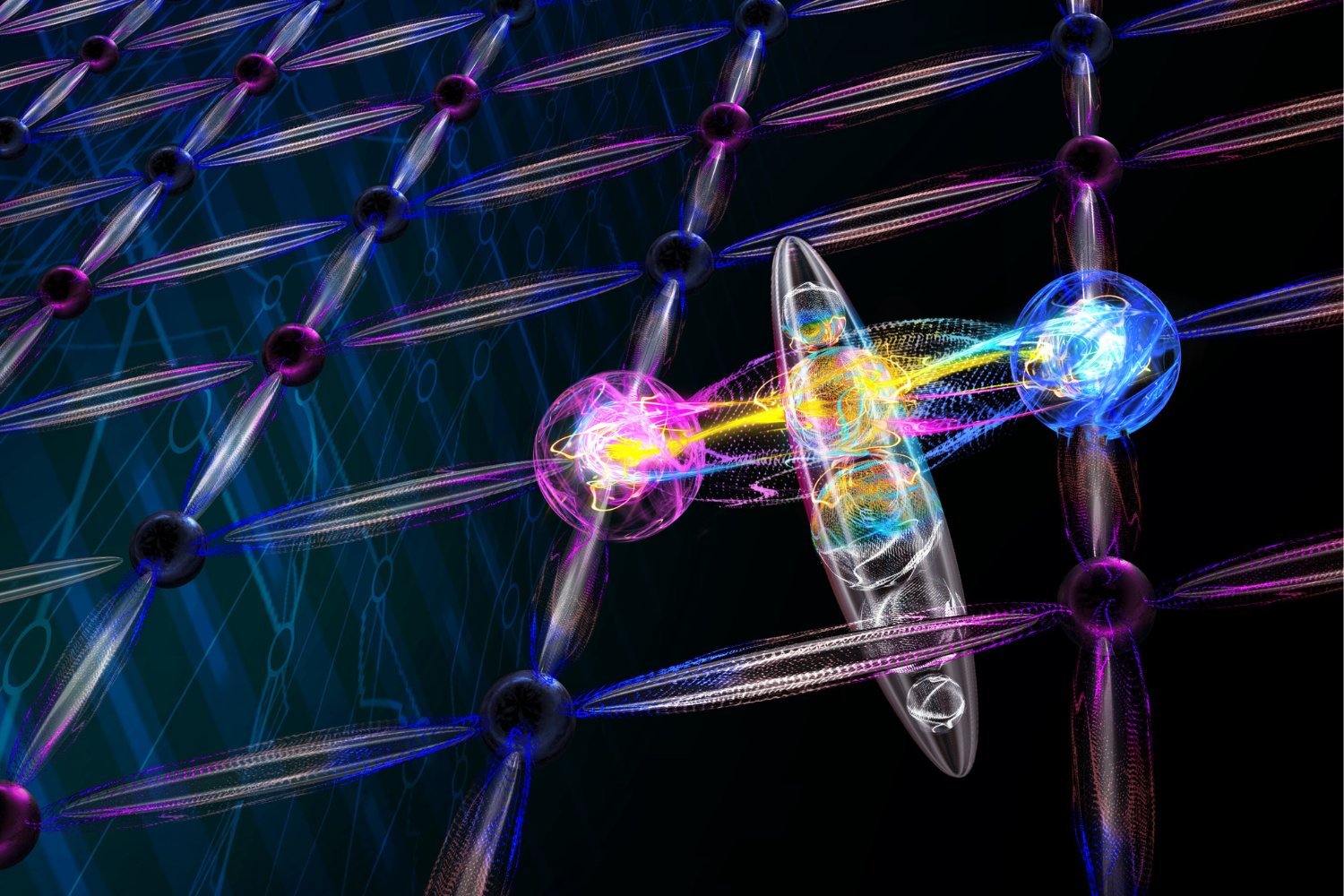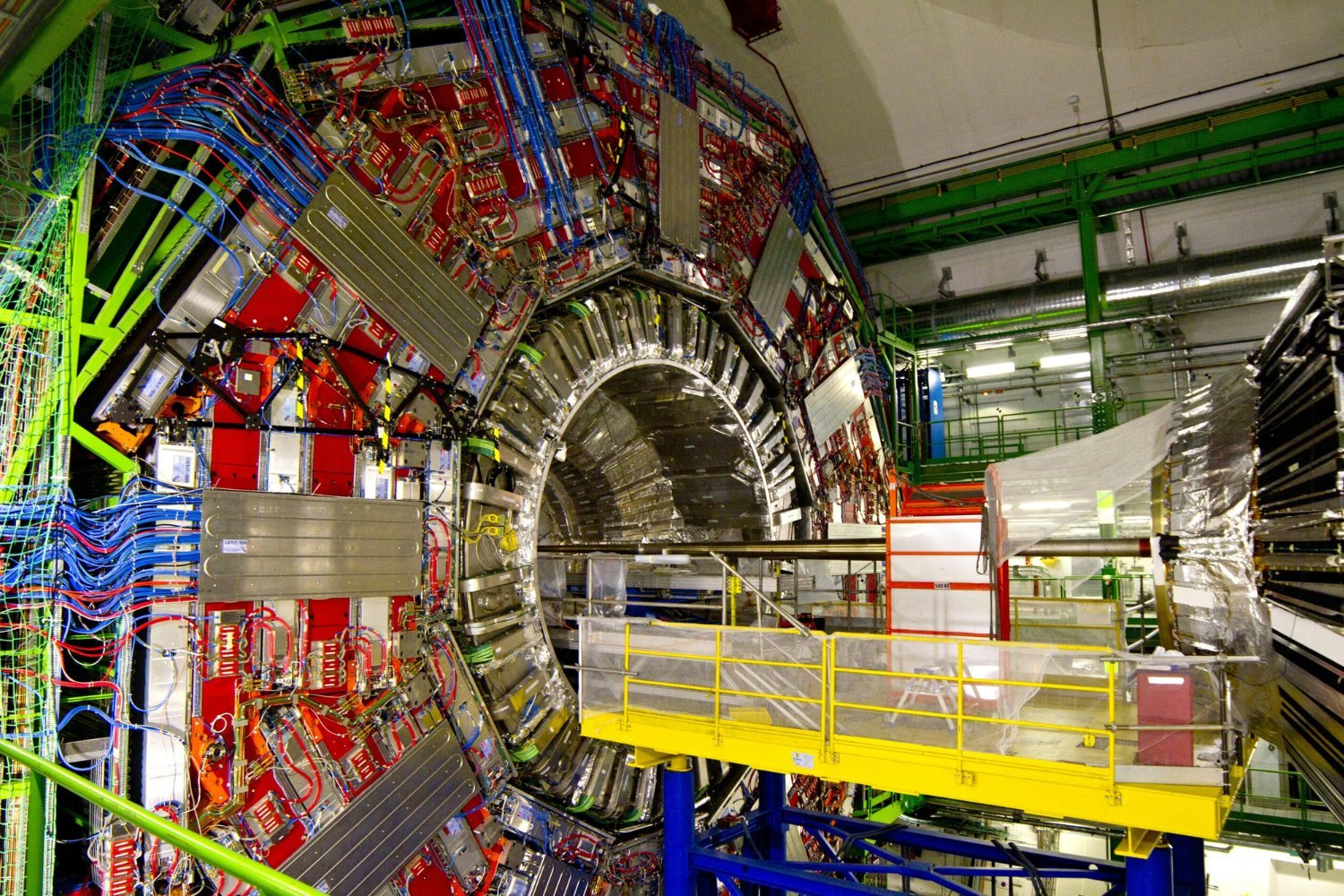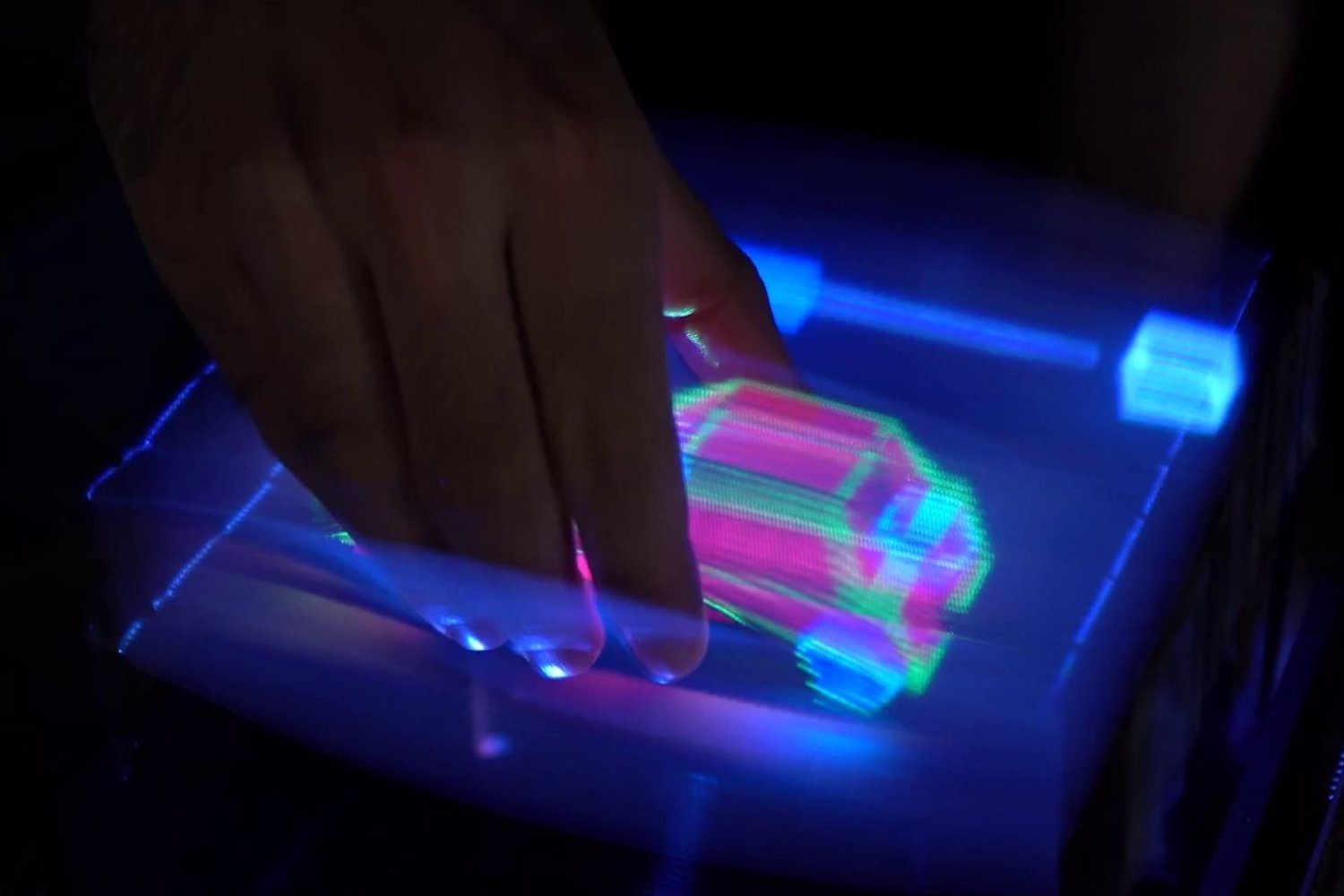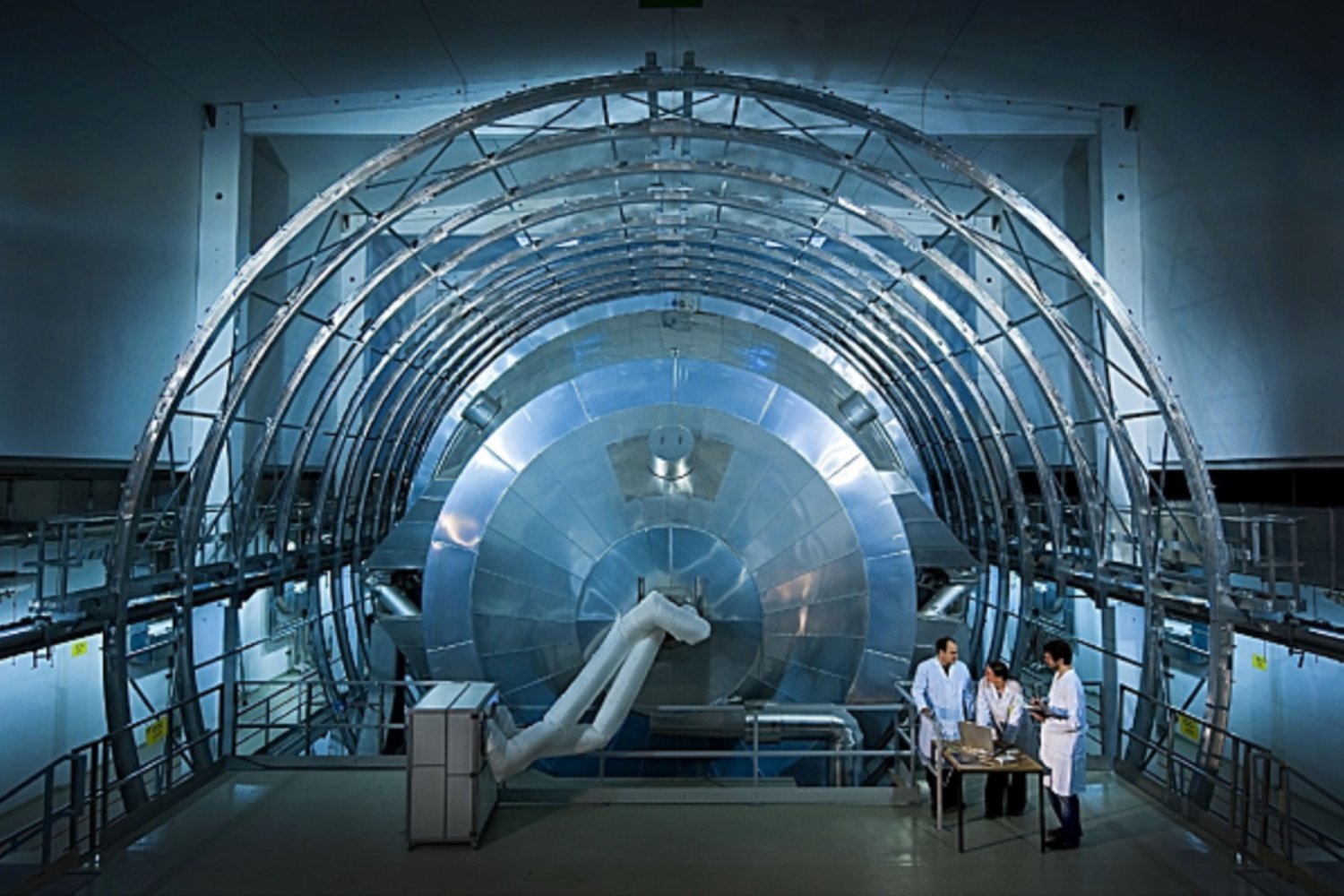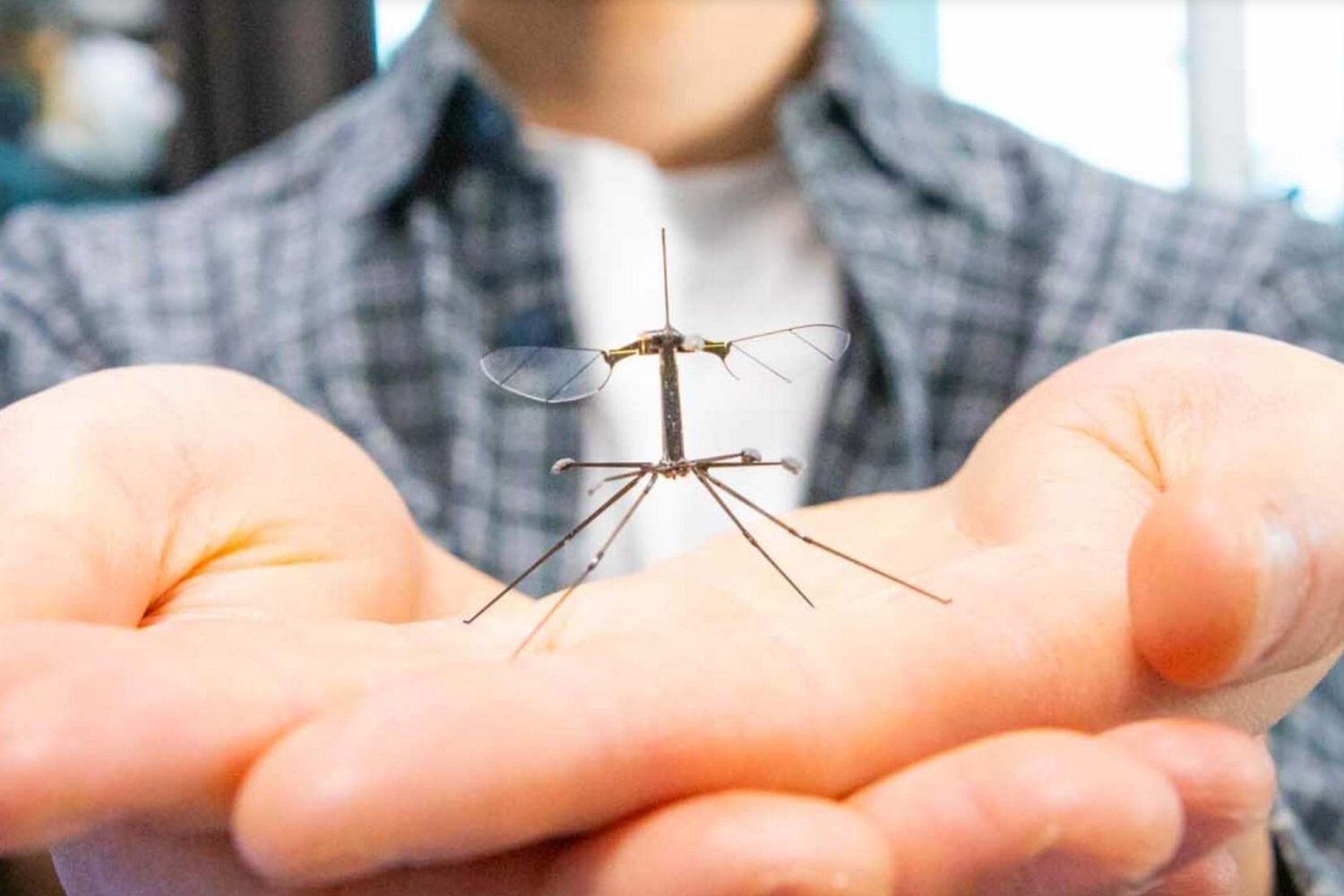Quantum computing is a rapidly evolving field, with the qubit being its most recognized unit of information. But a lesser-known unit, the qudit, holds the potential to revolutionize quantum computations. Recent research by Christine Muschik and her team at the Perimeter Institute for Theoretical Physics and the University of Waterloo, Ontario, has shed light on the power and potential of qudits. This article delves into the world of qudits, exploring their advantages, applications, and future implications for quantum computing.
Beyond Binary: Understanding Qudits
While qubits, analogous to classical bits, exist in a superposition of 0 and 1, qudits expand this concept by existing in a superposition of multiple states (represented by 0, 1, 2, and so on). This multi-level nature allows qudits to encode more information than qubits, leading to more efficient and powerful computations. Think of it this way: while a bit offers a yes or no answer, a qutrit (a three-level qudit) offers yes, no, and maybe.
Advantages of Qudits: Efficiency and Complexity Reduction
The key advantage of using qudits lies in their ability to simplify quantum circuits. Quantum computers are inherently noisy, and longer circuits accumulate more noise, hindering accurate results. Qudits, by encoding more information per unit, condense the circuit length, reducing noise and improving efficiency. This “circuit diet” translates to faster computations with higher fidelity.
Simulating Fundamental Particle Interactions: A Qudit Breakthrough
Muschik’s team, driven by the ambition to simulate fundamental particle interactions, partnered with a team developing a qudit quantum computer. Their collaborative research led to two significant breakthroughs: the simulation of fundamental particle interactions beyond one dimension and the development of the first full qudit algorithm. This algorithm offers a practical computational tool with potential applications across various fields.
Broad Applications: From Particle Physics to Quantum Internet
The potential applications of qudits extend beyond particle physics. They offer promising solutions in materials science, chemistry, and even the development of a secure quantum internet. The ability of qudits to enhance information security makes them a valuable asset in quantum communication.
Qudits and Qubits: A Collaborative Future
Contrary to the perception of competition, qudits and qubits can coexist and even collaborate within the same quantum computer. This “plug and play” approach allows researchers to leverage the strengths of each unit, optimizing computations for specific tasks. For instance, qubits can efficiently represent matter particles like electrons and positrons, while qudits excel at representing force fields with multiple levels.
Challenges and Future Directions
While promising, the field of qudit research faces challenges, including error mitigation and correction. Future research will focus on addressing these issues, developing more robust qudit algorithms, and exploring further applications. Expanding simulations to three dimensions, incorporating more complex theories like quark-gluon interactions, and delving into quantum sensing with qudits are key areas of focus.
Conclusion: The Expanding Horizon of Quantum Computing
Qudits represent a significant advancement in the quest for more powerful and efficient quantum computers. While still in the early stages of development, their potential to transform various scientific fields and technological advancements is undeniable. As researchers continue to unlock the power of qudits, we can expect even more groundbreaking discoveries in the exciting world of quantum computing. The collaborative potential of qudits and qubits promises a future where quantum computers can tackle complex problems beyond the capabilities of classical computers.



